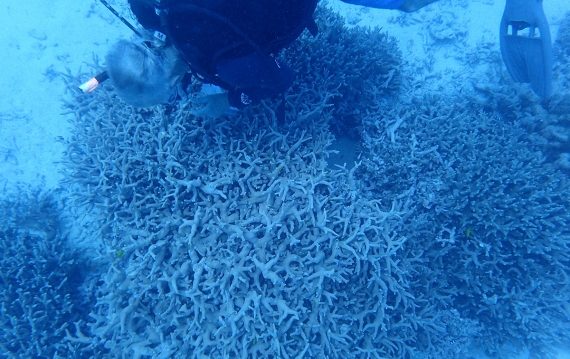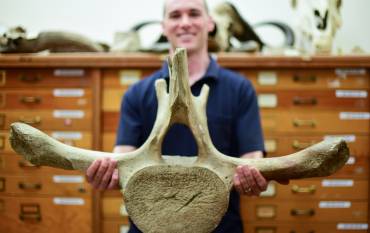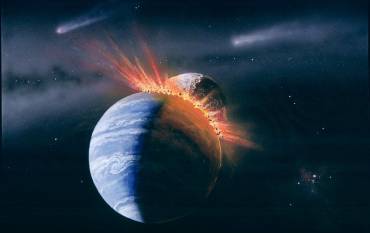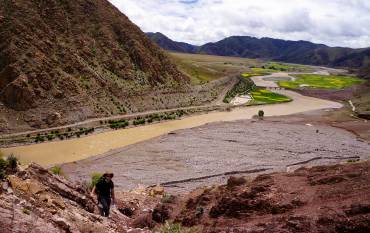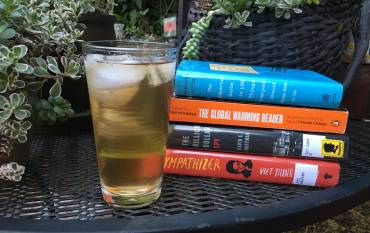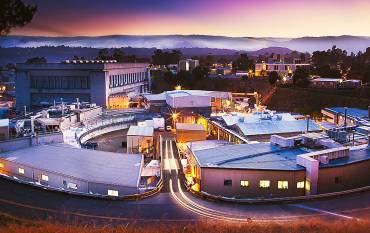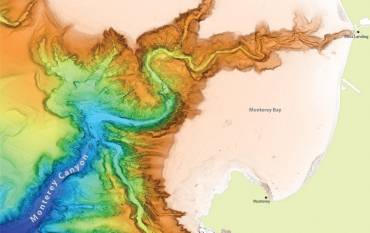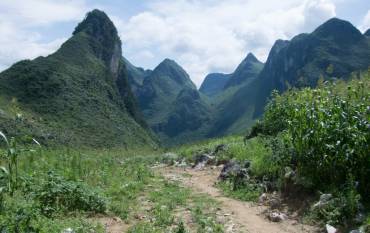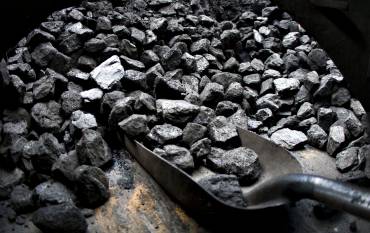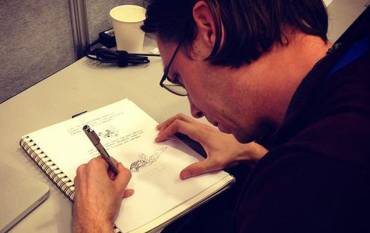The Stanford School of Earth, Energy & Environmental Sciences is now part of the Stanford Doerr School of Sustainability.
This page is currently being maintained for archival purposes only. For the latest information, please visit us here.
Evolution of Earth and Life
September 14, 2016
Stanford School of Earth, Energy & Environmental Sciences
August 12, 2016
Smithsonian
A new model by Stanford Earth's Norm Sleep of the impact that created the moon might upend theories about Earth, too.
July 25, 2016
Traveling Geologist
Stanford Earth's Devon Orme shares her experience of doing field work in Tibet and Patagonia.
June 27, 2016
Stanford School of Earth, Energy & Environmental Sciences
April 4, 2016
Stanford University
The relationship between SLAC and Stanford goes back 60 years, to a meeting where Stanford physicists helped plot construction of the linear accelerator. Since that time, collaborations between Stanford and SLAC scientists contributed to four Nobel prizes in physics and chemistry.
March 31, 2016
Stanford News Service
Through the use of mathematical models, Stanford researchers have better defined the powerful processes that carved some of the largest canyons on Earth, deep under the oceans.
February 16, 2016
Stanford School of Earth, Energy & Environmental Sciences
January 22, 2016
<p>Stanford School of Earth, Energy & Environmental Sciences</p>
December 17, 2015
<p>Stanford School of Earth, Energy & Environmental Sciences</p>
- ‹ previous
- 2 of 5
- next ›
Subscribe to Earth Matters
A free monthly bulletin for your inbox



